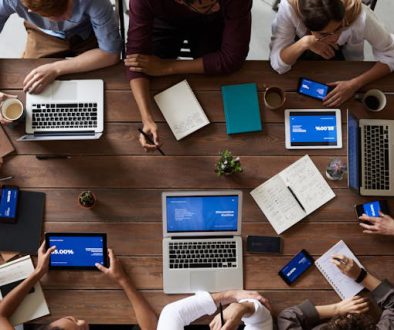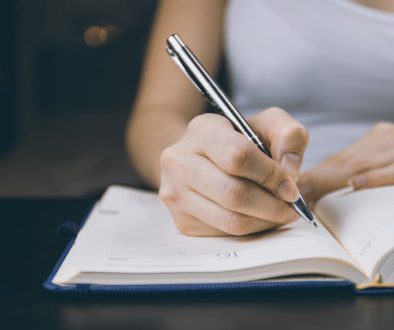Harnessing the Power of Breaks: Why Taking Time Off Boosts Productivity
In our fast-paced world, where every tick of the clock is meticulously measured and weighed against productivity, taking a break might feel like a luxury few can afford. However, it’s not just a respite from work; it is a powerful tool to boost efficiency and creativity. This concept is at the heart of the Positiveness Club app, which guides its users towards achieving a balanced life and emerging in the top 1%. This app gives a structured approach to mindfulness, ensuring its users can harness the real power behind pauses.
The idea of taking breaks improving productivity isn’t new but is often overlooked. The work of Tony Schwartz, an advocate of the energy management principle, emphasizes that humans naturally spend energy in cycles of 90 minutes. After this, fatigue ensues unless a break is taken. Well-known companies, like Google, have adopted this insight, offering employees wellness programs that encourage breaks and relaxation to sustain focus throughout the day. It’s not just about doing less; it’s doing smartly through structured pauses.
Science backs the benefit of breaks. A study from the University of Illinois revealed that short breaks help reset the brain and improve focus, creativity, and decision-making. This is due to the brain’s natural attentional system, which gets fatigued from the continuous task but refreshes with short pauses. Apost the Positiveness Club app users benefit not just from the mindfulness techniques but also utilize practical tools and prompts to step back and recharge effectively.
Take, for example, the story of Steve Jobs, who frequently used walks to clear his mind and invite creativity. His biographer, Walter Isaacson, mentions how Jobs would discuss matters while walking, allowing ideas to flow freely. Jobs’ breaks weren’t just pauses but a reallocation of focus, steering conversation and thought into the open space.
As beneficial as breaks are, there’s a thin line between productive pauses and the rabbit hole of procrastination. The correct implementation involves planning your breaks and sticking to a limited time frame. Use methods like the Pomodoro Technique, which advocates for intense work periods followed by short breaks. This technique has found its place in the productivity toolbox of many successful entrepreneurs.
The potential negative effects of ignoring rest periods are considerable. John Steinbeck once remarked that his greatest ideas came when he wasn’t actively thinking about his work. If you push your tasks without intermissions, the results can be counterproductive, leading to burnout, poor decision-making, and inefficiency – conditions many top performers are keen to avoid.
Incorporate breaks into your daily regimen. Steps could include exercises, deep breathing, or simple relaxation exercises. For example, Oprah Winfrey integrates meditation into her daily schedule, highlighting how breaks positively affect productivity and mental clarity.
For consideration, start monitoring your energy levels throughout the day. As you become more aware of when your energy dips, strategically use breaks to counteract this drop. This practice will not only develop your self-awareness but maintain high productivity levels.
Positiveness Club provides features that allow you to track your mood and remind you when it might be beneficial to pause. These reminders create a routine, merging balance with high achievement. Positiveness doesn’t rely solely on anecdotal success but provides empirical methods backed by cognitive science, engendering a wholesome approach to being part of the top echelon.
The demand for consistent high performance exists in every profession. Still, the path to sustained productivity and well-being requires a break—a method to refuel and realign. Breaks are not weaknesses; they are areas of opportunity and pockets of growth. Harness the power of these pauses, and you’ll find productivity not only reappears but flourishes.



